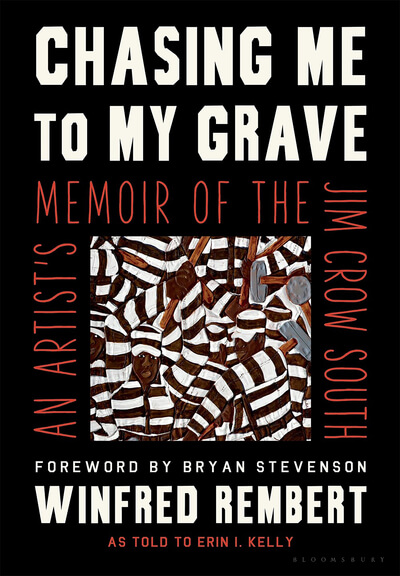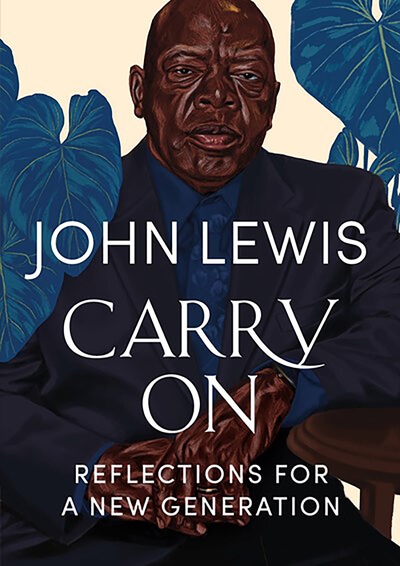When then-California Senator Kamala Harris accepted the Democratic Party’s nomination for vice president of the United States, she spoke of a long history of inspiring women, including the impoverished Mississippi sharecropper-turned-human rights activist Fannie Lou Hamer. “We’re not often taught their stories, but as Americans, we all stand on their shoulders,” Harris said. Historian Keisha N. Blain’s extensively researched chronicle Until I Am Free: Fannie Lou Hamer’s Enduring Message to America ensures that Hamer’s story—and her lessons for activists—will live on.
The granddaughter of enslaved people and the youngest of 20 children growing up on a plantation in the Jim Crow South, Hamer’s formal education ended in the sixth grade. Her parents needed her to pick cotton in order to put food on the table. In 1962, at age 44, Hamer attended a meeting organized by the Student Nonviolent Coordinating Committee and learned for the first time that she had a constitutional right to vote.
After attempting to exercise that right got her thrown off the plantation, Hamer began organizing voter education workshops and registration drives. Her family became targets of violence, her husband and daughter were arrested and jailed, and their home was invaded. Eventually her work with SNCC activists almost cost Hamer her life: Jailed after a voter workshop in Winona, Mississippi, she took a beating that left her with kidney damage and a blood clot in one eye.
Undeterred, Hamer went on to challenge the all-white Mississippi delegates at the 1964 Democratic Party Convention in Atlantic City, New Jersey, arguing that the delegation couldn’t represent the state when Black Democrats had been excluded from the selection process. President Lyndon Johnson held an impromptu press conference to prevent television coverage of her graphic testimony, in which she detailed her beating, but it aired anyway and sparked outrage. Eventually the credentials committee offered the Mississippi Freedom Democratic Party, which included white and Black people, two at-large seats with no voting power. Hamer’s response: “We didn’t come all this way for no two seats.” Four years later, she would become a member of Mississippi’s first integrated delegation.
With SNCC, Hamer helped organize the legendary Freedom Summer in 1964 and later launched the Freedom Farm Cooperative to tackle rural poverty. She fought for inclusion in the women’s movement, and until her death in 1977, she remained strident about the global need to liberate all marginalized groups seeking political and economic justice. As readers take in Hamer’s life story throughout this rallying cry of a book, they will find that her message still resounds today: “You are not free whether you are white or black, until I am free.”














